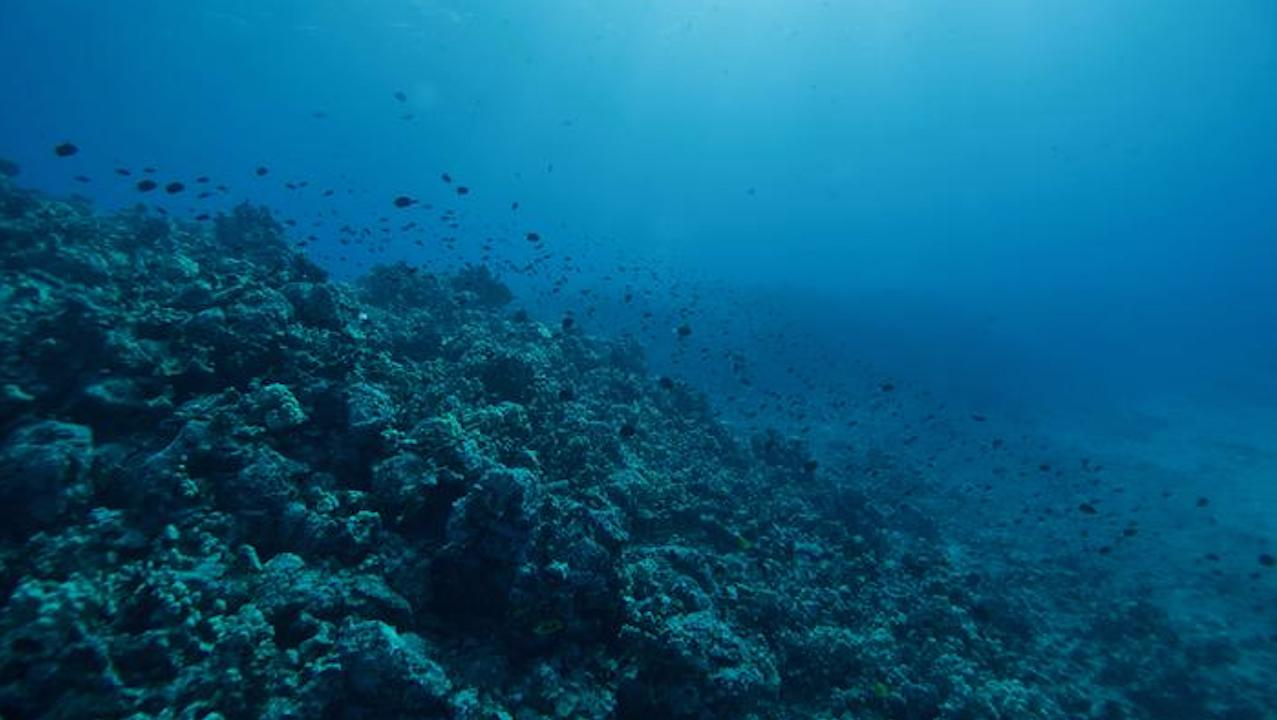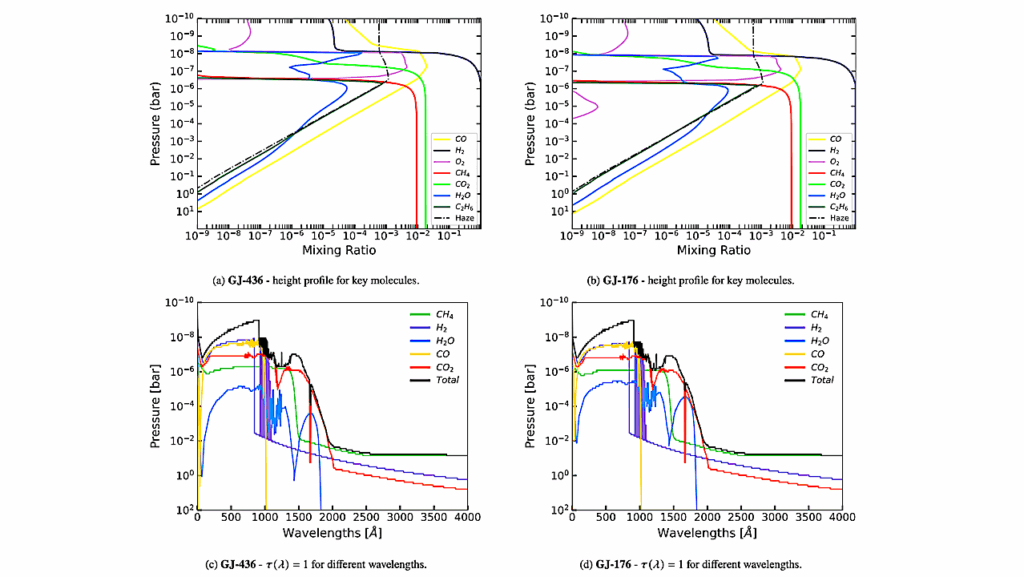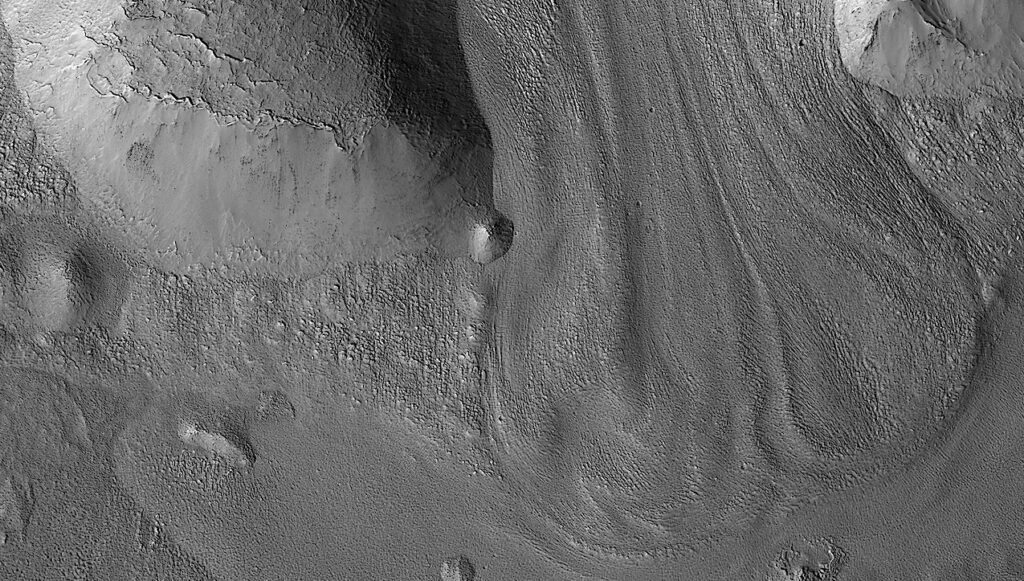Moonlight-driven Biological Choruses In Hawaiian Coral Reefs

Editor’s note: Our world is more or less a double planet. Our large Moon creates significant tidal forces that drive much of the way that our oceans circulate and mix. And many organisms actually derive cues from an extraterrestrial light source that is not our local star i.e. the Moon. What sorts of behavior might we see in a star system such as TRAPPIST-1 where multiple Earth-sized worlds – orbiting rather close together – each moving swiftly through each other’s skies – reflecting and blocking light the way our Moon does – except in more complex patterns?

Sounds from fish and invertebrates in coral reefs can create persistent cacophonies that can be recorded for ecosystem monitoring, including during nighttime hours where visual surveys are typically not feasible. Here we use soundscape measurements in Hawaii to demonstrate that multiple coral reef communities are rapidly responsive to shifts in nighttime ambient light, with sustained changes in biological sound between moonrise and moonset.
High frequency pulse train sounds from fish (0.5-1.5 kHz) are found to increase during moonlight hours, while low frequency fish vocalizations (0.1-0.3 kHz) and invertebrate sounds (2-20 kHz) are found to decrease during moonlight hours. These discoveries suggest that the rising and setting of the moon triggers regular shifts in coral reef ecosystem interactions. Future acoustic monitoring of reef health may be improved by comparing soundscapes during moonlight and non-moonlight hours, which may provide early indicators of shifts in the relative abundance of separate reef communities.
Introduction
Rising seawater temperatures and ocean acidification have led to the widespread degradation of coral reefs, with an estimated 50% decrease in global coral cover from 1950 to 2021 [1]. Effective conservation efforts require long-term monitoring of reef ecosystems, however conventional diver surveys may significantly undersample the environment and cannot be conducted at night when reef communities are most active [2, 3].
Acoustic monitoring is a reliable and noninvasive method of observing coral reef ecosystems, with increased noise from fish and invertebrates associated with healthier reefs [2, 4–6]. A single acoustic sensor in a reef may record hundreds of fish sounds and thousands of invertebrate sounds per minute, providing an aggregated measurement of biological activity which may allow for the early detection of changes in population abundance and behavior [7, 8]. Coral reef soundscapes also act as a beacon for recruiting pelagic fish and crustacean larva [9–11], and recent restoration efforts have been aided by artificial playback of healthy reef sounds to promote recruitment [12]. Given the potential for acoustic monitoring and playback to facilitate reef restoration efforts, it is important to understand how the interactions of separate reef communities contribute to changes in underwater soundscapes.
Here we use long-term acoustic measurements of coral reef soundscapes in Hawaii to demonstrate the rapid response of multiple reef communities to changes in nighttime ambient light after moonrise and moonset, in addition to previously-known biological responses to daylight [4, 13, 14]. High frequency pulse train sounds from fish (0.5–1.5 kHz) are found to increase during moonlight hours, while low frequency fish vocalizations (0.1–0.3 kHz) and invertebrate sounds (2–20 kHz) are found to decrease during moonlight hours. The observed changes in biological sound between moonrise and moonset are likely a response to changing lunar light levels rather than tidal variations, since high tide and low tide are not synchronized with the rising and setting of the moon in the environment studied (S1 Fig).

High frequency pulse trains from fish. — Significant increases in biological sound at Survey Site 1 are observed during moonlight hours at frequencies where high frequency pulse trains from fish are prominent (0.5–1.5 kHz). The average power spectral density in this frequency band 〈PSD〉 is shown as a function of hour of day and time of year between April and December 2020 (left). Signficant increases in 〈PSD〉 are observed during nighttime hours between moonrise (diagonal thin white lines) and moonset (diagonal thin black lines). There are also significant increases in 〈PSD〉 at sunset (thick vertical black line) and approximately one hour before sunrise (thick vertical white line). Overlain magenta shapes correspond to spectrograms of representative pulse trains (right), where the magenta circle corresponds to a time with reduced biological activity. — PLOS
Moonlight-driven biological choruses in Hawaiian coral reefs, PLOS One (open access)
Astrobiology








